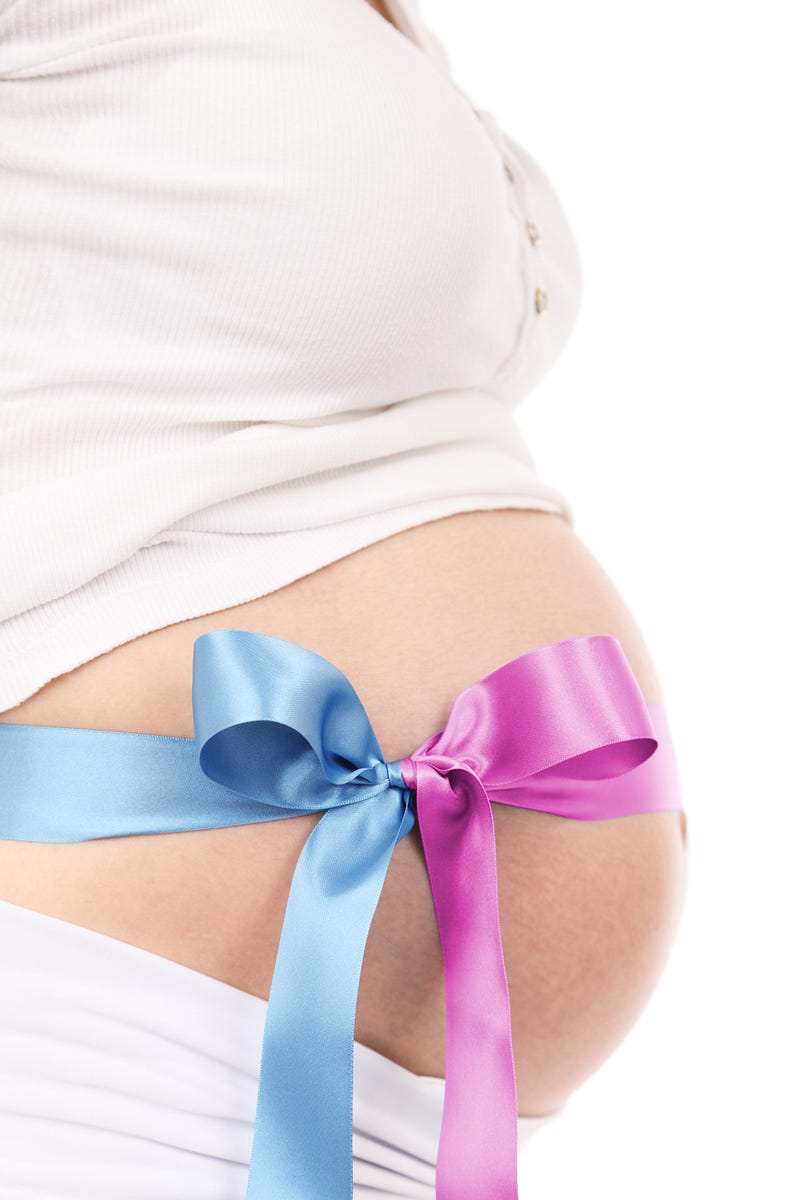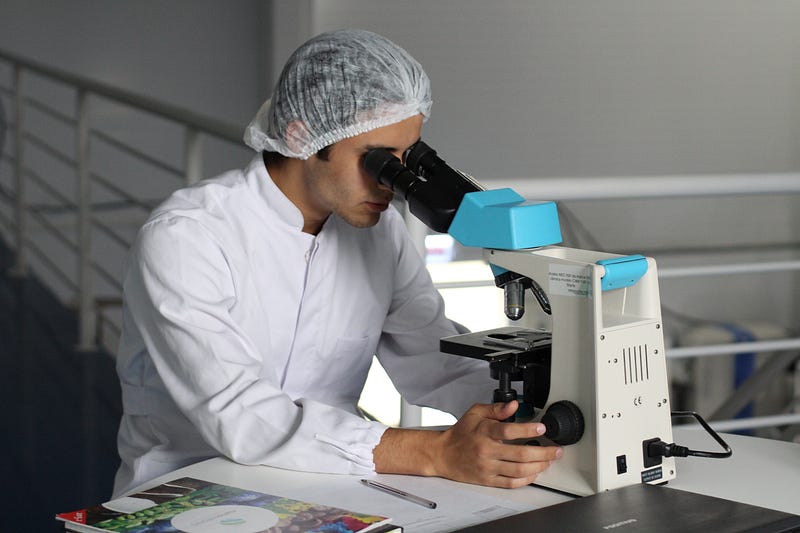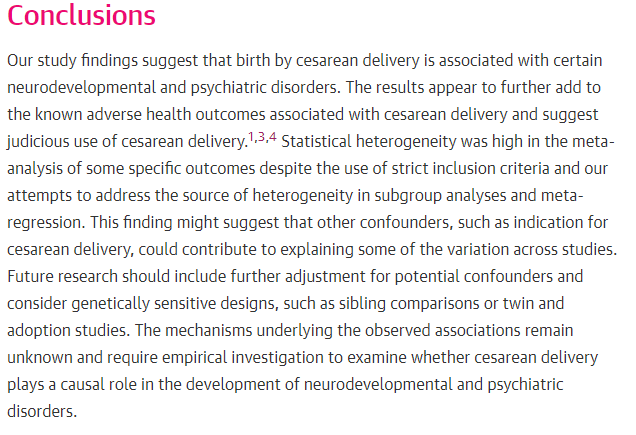C-Sections and Autism: Debunking the Myths Surrounding Birth
Written on
Understanding the Recent Scare
This past week has likely been nerve-wracking for anyone expecting a child or contemplating parenthood. Pregnancy often feels like navigating a minefield of potential complications, and now, yet another concern has emerged.

Reports from various media outlets have suggested that Caesarean sections, commonly known as C-sections, may not only be critical surgical procedures for delivering babies safely but could also be linked to autism. This alarming claim understandably heightens anxiety, especially for those who may require C-sections due to medical emergencies affecting either the mother or the baby. The narrative adds yet another layer of guilt for expectant mothers, who are already inundated with warnings about diet, alcohol, and pain management during childbirth.
Fortunately, it appears that the headlines may have misrepresented the facts.
The Science Behind the Claims
Recent studies indicate that C-sections likely do not contribute to autism as previously suggested. The controversial research in question is a meta-analysis, a comprehensive examination that combines data from numerous smaller studies to derive broader conclusions. This approach allows researchers to analyze a vast dataset without conducting new, large-scale studies.

In this instance, the researchers reviewed over 60 studies, analyzing the mental health implications associated with C-section deliveries. They assessed data from more than 20 million records, which included tens of thousands of cases involving autism and other mental health disorders such as ADHD and eating disorders. While the findings suggested that children born via C-section had a 33% increased likelihood of being diagnosed with autism compared to those delivered vaginally, they also revealed that most mental health conditions were not significantly linked to C-sections, including disorders like OCD, tic disorders, depression, and psychosis.
The Misinterpretation of Data
It's crucial to understand the nature of this study. It was observational, meaning it analyzed existing data rather than conducting controlled experiments. This limitation raises questions about whether the observed relationship between autism and C-sections is genuinely causal.

Numerous factors could influence this association, including the age of the mother at childbirth, which might affect both the likelihood of needing a C-section and the risk of autism. The study's methodology lacked rigorous controls, as it amalgamated results from varied studies—some of which did and some of which did not account for these confounding variables.
Moreover, while meta-analyses are generally considered solid evidence, their reliability hinges on the quality of the included studies. Alarmingly, nearly half of the studies in this analysis were rated as "low" quality, diminishing the significance of the findings.

Even more concerning is the reported relative risk increase of 33%, which sounds frightening. However, when considering the absolute risk, the increase is minimal—approximately 0.17%. In simpler terms, out of 1,000 children born vaginally, roughly 8 are diagnosed with autism, while for every 1,000 born via C-section, that number rises to only 10.
The Bottom Line
While there may be a slight correlation between autism and C-sections, it’s essential to recognize that this increase in risk is negligible and likely influenced by other factors. The authors of the study themselves indicated uncertainty regarding the causation of autism by C-sections, albeit in a more convoluted manner.

Additionally, while there was some association between autism and ADHD concerning C-sections, the study found no links to a range of other concerns, such as eating disorders and depression. For those worried about these issues, the findings should be more reassuring than alarming.
If you have concerns about C-sections, it's wise to consult with your healthcare provider. However, the risks associated with C-sections regarding autism appear to be minimal. There's no need to add to the existing worries surrounding childbirth—C-sections are still significant surgical procedures, but they likely do not pose the threat of autism as suggested.
For further insights, consider watching the following video:
Video Title: Hyperlexia in Children: Early Signs, Diagnosis and Treatments